Nihilism, cursing, loops: How NHL goalies bounce back during games
Joseph Woll granted himself a fleeting moment of confusion last week.
It was early in the second period of Game 2 in the second-round series between the Maple Leafs and Panthers. The Toronto goalie had been beaten on a net-drive backhand, but he wasn't quite sure why. Woll glanced at Florida's celebration, at the puck and net behind him, and at his equipment.
He then rose from the ice and immediately slipped into a hard-wired routine.
Water-bottle squirt into his mouth. Squirt down the back of his jersey. Squirt into his mouth again. Return the bottle to its holder. Glide to the right of the crease while readjusting his mask. Loop back to the blue paint. Clear away snowy ice with his stick. Look up at the in-arena videoboard while his glove hand rests on the crossbar. Sway lightly. Tap the left post with his glove, the right post with his stick. Glide to the top of the crease as the puck's dropped.
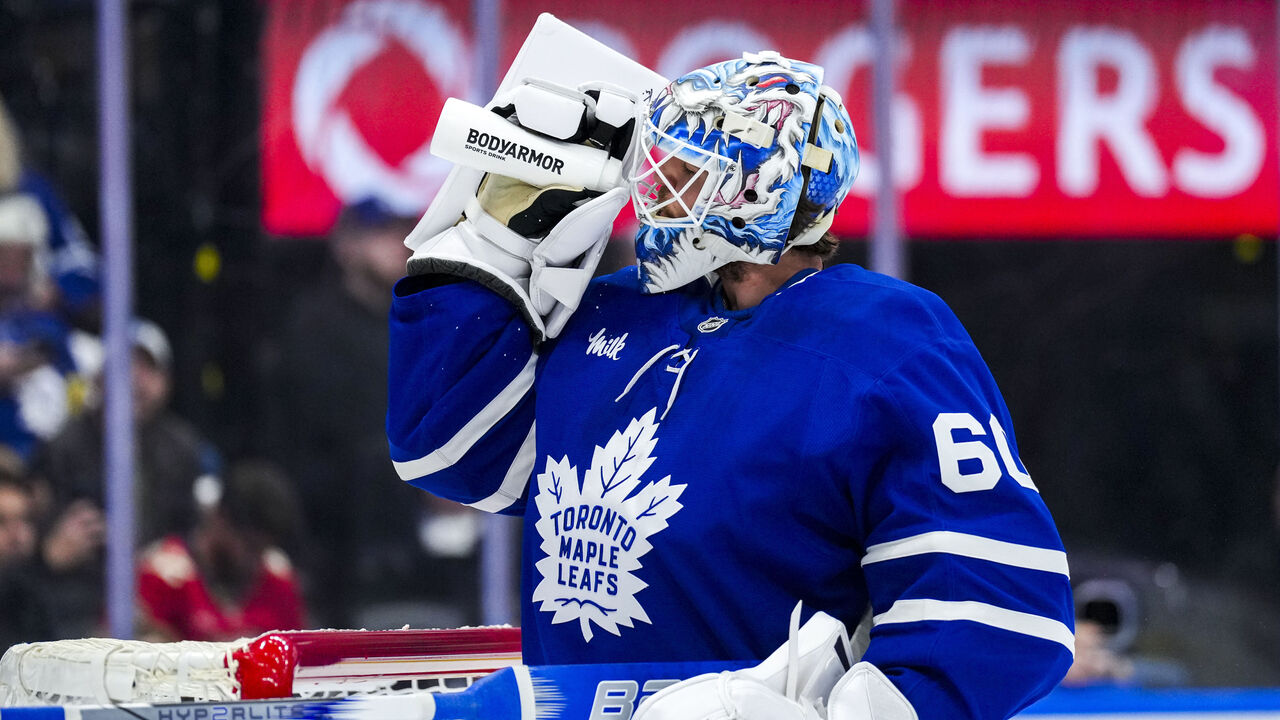
Total time elapsed from Game 2's 2-1 goal to action resuming: 38 seconds.
Those seconds are precious for a goalie, especially in the pressure cooker of the NHL playoffs. Woll's routine isn't a string of superstitions for good luck. The squirts, glides, taps - all of it is habitual, purposeful. "You're constantly coming back to where you are in the moment," Woll said earlier this season.
Adam Francilia is a goalie trainer whose client list features 10 NHLers, including Woll, and superstars Connor Hellebuyck and Andrei Vasilevskiy. He considers what a netminder does following a goal - his "post-goal protocol" - to be as critical to success as pregame preparation and postgame recovery.
"Not only does it provide a mental, emotional reset for the goalie," Francilia says, "but it also - because of optics - impacts the goalie's team, the opposing team, fans in the arena, TV viewers, and commentary from the broadcasters."
Every goalie's wired differently. Let's explore the various approaches.
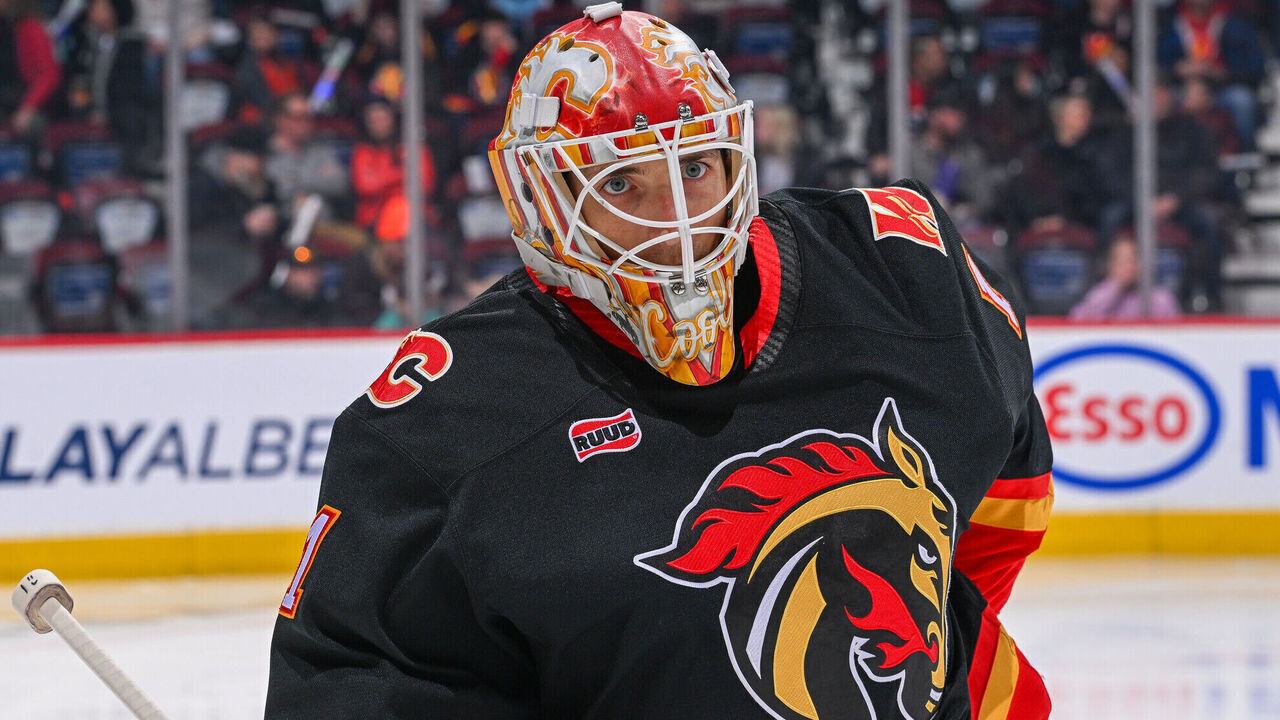
Devin Cooley, a 27-year-old goalie with six games of NHL experience, doesn't have a protocol like Woll. ("What do I physically do after a goal? It's honestly random," he says.) Cooley's instead deeply focused on the psychological component. He strives to be as emotionless as possible between the pipes.
Cooley spent the 2024-25 season with the AHL's Calgary Wranglers. He recalls on multiple occasions sitting in the dressing room listening to head coach Joe Cirella deliver an intermission speech and reminding himself that Cirella is going to die someday. Same goes for that teammate over there. The trainers.
From his crease, Cooley would look through his mask, see fans of all ages enjoying themselves in the stands, and again tap into a detached, nihilistic mindset. They're all going to be dead. It doesn't matter. Nothing matters. Nobody's going to remember this. Don't worry about having fun. Let all of your emotions go. Play emotionless. Stop caring so much. Just relax.
Cooley doesn't walk around with a dark cloud over his head. In fact, he's a smiley, friendly guy who's full of life. But he finds positive self-talk to be "kind of bullshit" and has learned he plays his best hockey when he's in the middle of his emotional range - not angry, joyful, stressed, eager. Simply existing.
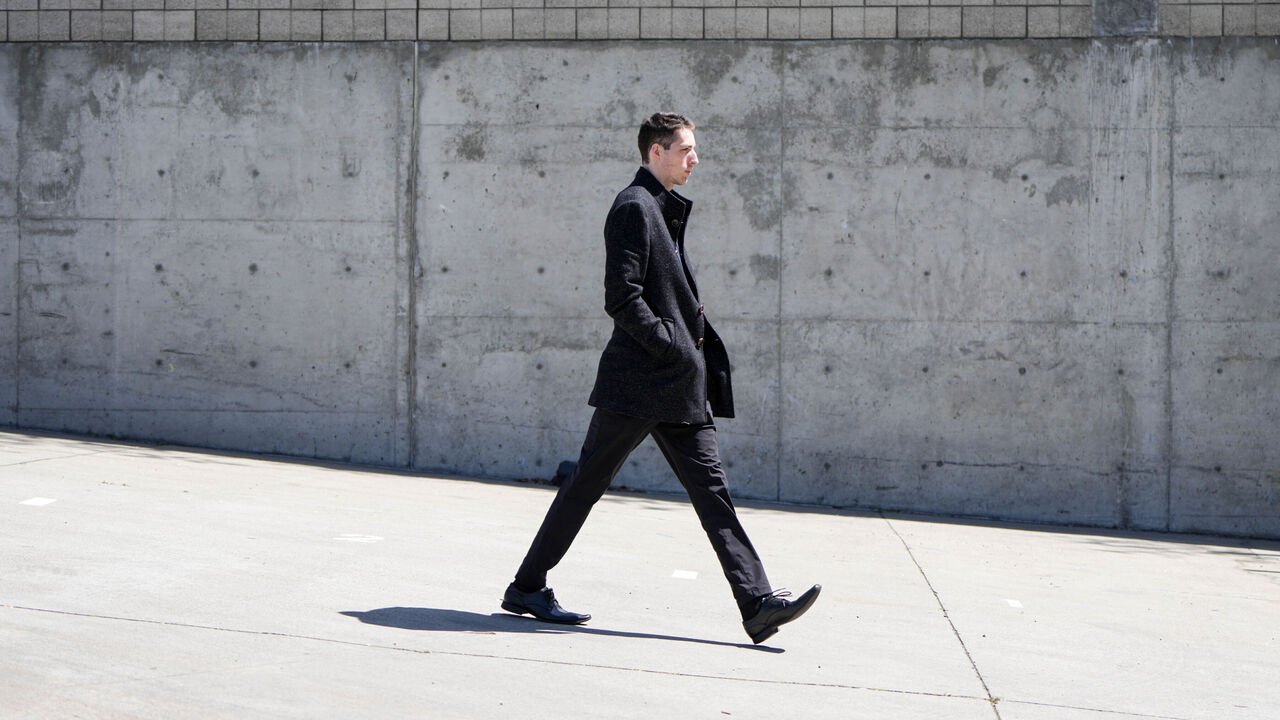
Cooley developed this framework last season during his lone NHL stint with the Sharks. He hated that he was heaping more and more pressure on himself as games progressed. Not caring about results helped ease the tension.
If anybody wants a peek inside Cooley's brain nowadays, he says, track his body language after a goal against. No outward reaction is a good reaction.
"Sometimes you have to check yourself and realize what you're doing isn't so important and it's not the end of the world," says Cooley, an AHL All-Star.
"Putting extra pressure on yourself doesn't work as a goalie. It's not sustainable. You can't just try harder. You can't just put in more effort," he adds. "Because as soon as your mind starts going faster, it becomes really hard to play the position. You need to have peace of mind and be relaxed."
Part of what makes goaltending a mental grind is that it's mainly reactive. For instance, if a goalie whiffs on a saveable shot, he can't lay a hit or skate the puck end-to-end the next shift. Unlike forwards and defensemen, he influences the game only when the flow of play returns to his end of the ice.
"You can get into a little battle in your head," says Marc-Andre Fleury, who's set to retire after 21 seasons with Pittsburgh, Vegas, Chicago, and Minnesota.
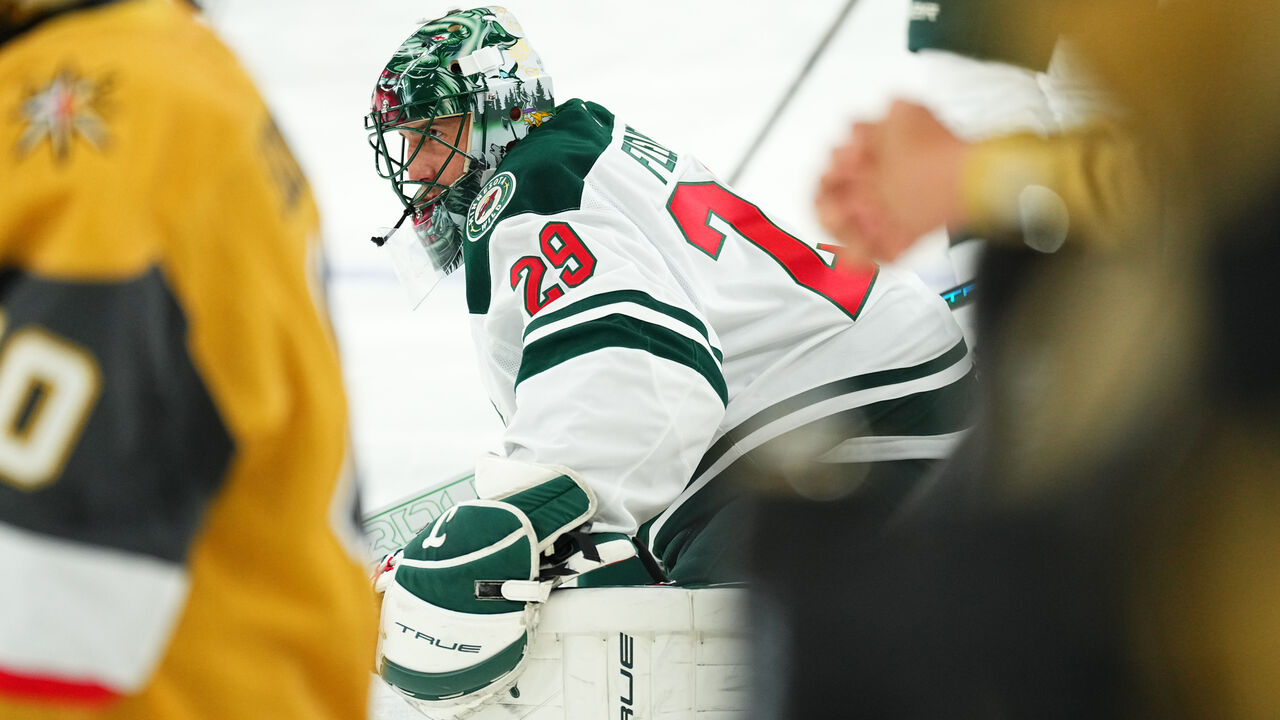
Fleury, 40, ranks second all time in career games played and wins, and third in shots against and saves. He's felt powerless countless times as play resumes following a goal and an opportunity for redemption isn't imminent. Emotional by nature, he trained himself early in his career to direct his mental energy toward proper technique - square, set, hands in front - no matter the score.
"I say a couple of bad words and then skate into the corner on the right side of the net," a grinning Fleury says of his animated post-goal protocol. "I watch the replay on the Jumbotron to see what just happened, what I can do differently. Then it's, 'F--- it,' and the puck drops, and it's a thing of the past."
Bruins starter Jeremy Swayman tries to stay in the same state following every shot attempt, regardless of where the puck ends up. The objective is to avoid a spike or drop on the confidence meter.
"It's a quick flush. I'm moving forward with the understanding that the here and now is the important thing. One shot at a time," Swayman says. "Say you make 30 consecutive saves, and you're all puffy and happy. One shot - one goal - can make a different experience out of that game. Next-shot mentality."
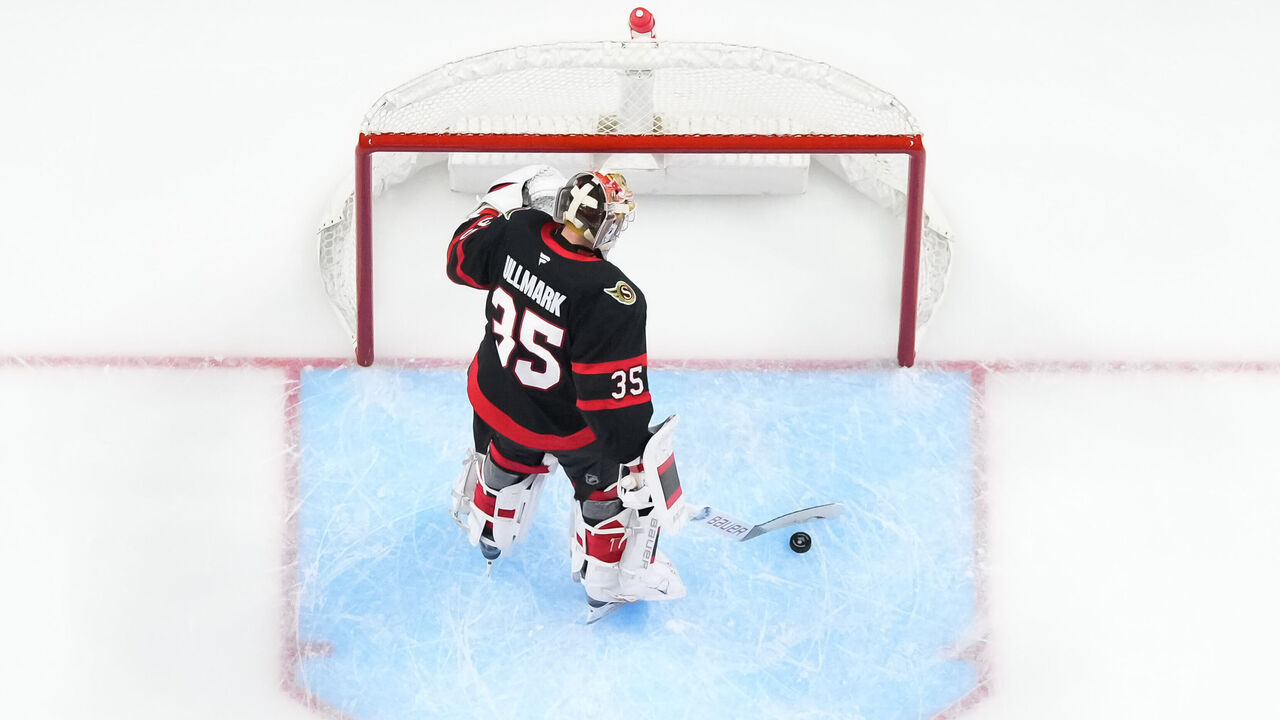
Swayman's former net partner in Boston, Linus Ullmark, swears by a "goldfish mentality." His post-goal protocol is equal parts neutral and businesslike: yank the puck out of the net, water break, equipment adjustment, head down in the crease. He's not interested in a leisurely skate or watching the replay.
"I can't go up to the coach or the ref and say, 'Hey, that's not a goal,'" says Ullmark, the starter in Ottawa now. "It doesn't work that way. If it's 1-0 on the board, it's 1-0 on the board. And then it's all about the next one."
Spencer Knight of the Blackhawks was Sergei Bobrovsky's understudy in Florida for parts of four seasons. Asked what it was like to watch the two-time Vezina Trophy winner every single day, Knight brought up Bobrovsky's post-goal protocol. "He doesn't get flustered - like, ever," Knight told ESPN. "He's so down to earth. One of the best teammates. And you see it: every time he gets scored on, he hands the puck to the ref. He's not out there complaining."
Francilia, the trainer, specializes in physiology, neurology, and biomechanics. He views the goalie as the team's flight attendant, or the one member of the squad everybody glances toward for a vibe check. Body language is especially key in times of turbulence; if trust in the goalie erodes midgame, forwards and defensemen start defending differently, which creates disorder in the defensive zone.
Francilia works with clients on being a sturdy, unflinching flight attendant. The first step is getting back on your feet within two to three seconds of the puck crossing the line.
"When you watch closely, there's a very specific rhythm to a televised hockey game," he says. "The sequence goes like this almost every single time: goal goes in, broadcast immediately shows the goal-scorer and his teammates celebrating. Then, almost every time, the next camera shot is of the goalie."
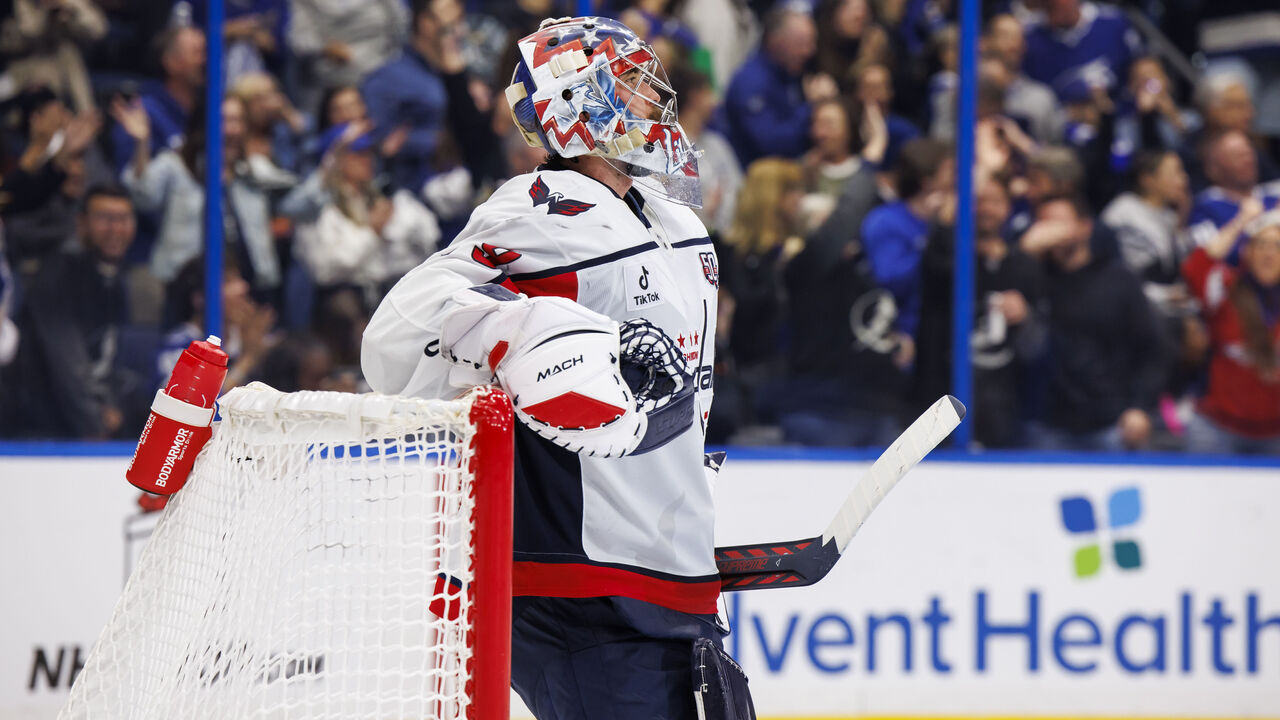
The rest of the post-goal protocol can be individualized. Some goalies like to face the net; others look to center ice. Some, like Ullmark, are stoic and still; others, like Fleury, are charged up and active. Francilia's main message to clients is to develop a comfortable protocol and deploy it consistently until it becomes automatic, like so many other aspects of being a modern goalie.
"The mind is the driver of a goalie's success. It's everything," says Charlie Lindgren, the Capitals' 31-year-old undrafted backup goalie. "To make it to the NHL, to stay, to thrive, you have to have a really strong mental game."
Lindgren's mind was tested in late November. He tried to pass a bouncing puck but instead shot it directly into his net to put the Capitals down 4-3 eight minutes into the third period. Understandably upset by the own goal, Lindgren instinctively flipped the puck over the glass - "The amount of peace that brought," he recalls with a smile - then fell into his reset routine.
"Look, it's one goal," he told himself before taking a couple of deep breaths.
Multiple teammates swung by the crease to tap Lindgren's pads and offer encouragement. He made a difficult save once play resumed, the offense rallied to score twice in the final 10 minutes, and Washington won 5-4.
"The brain is powerful, man. You can let something crumble you in a heartbeat," Lindgren says. "But if you can withstand it, turn the tides, and just think of that next play, that next shot, your body's going to respond well."
Fleury, Swayman, and Golden Knights backup Ilya Samsonov are among dozens of NHL-caliber goalies who've worked with a sports psychologist at some point. For Samsonov, breathing exercises recommended by his psychologist have become a gateway to regulating his system following a goal. "Keep breathing and get the emotion down," he says. "Focus only on the moment."
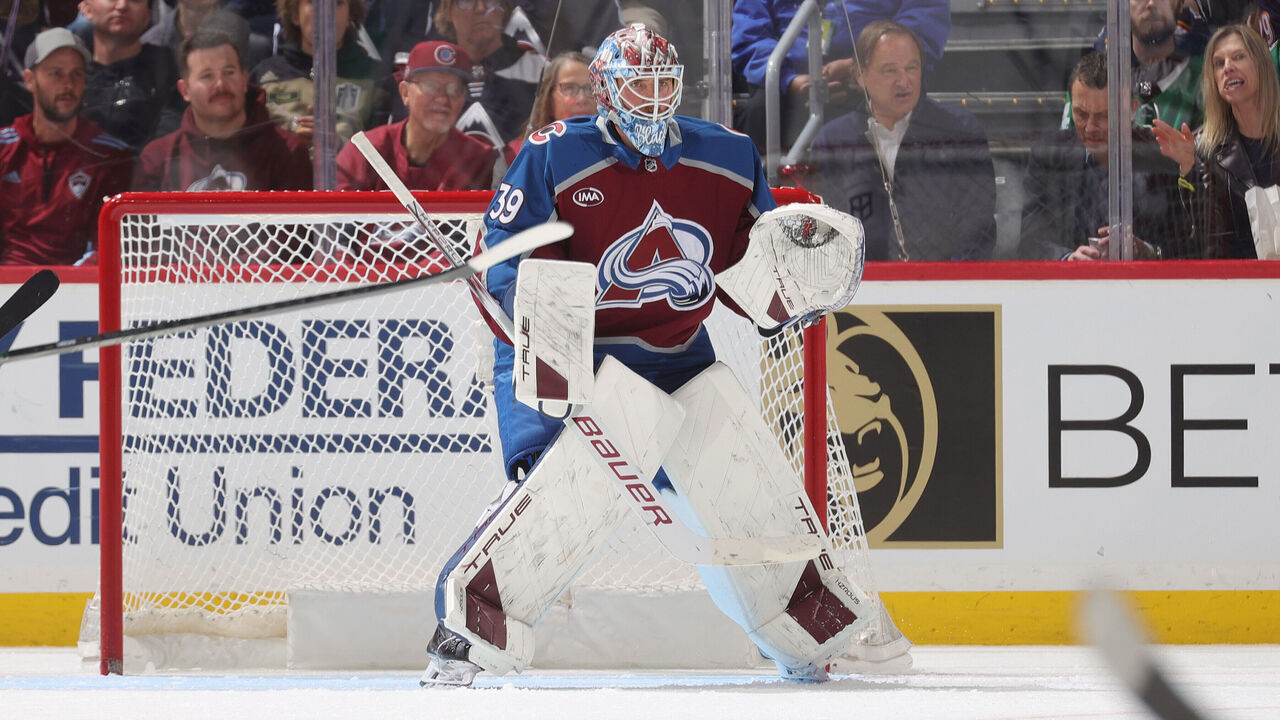
Avalanche starter Mackenzie Blackwood would never be described as a "cerebral" goalie like Toronto's Woll. His rise has been fueled by an elite physical package: flexibility, power, athleticism. But one soft skill the 28-year-old's honed through 259 NHL appearances is the art of letting goals go.
"I don't want to say I'm numb to it," Blackwood says, "but the more you get scored on and the more you get into those shitty situations where you're down in games and feel at fault, you can shake it off easier. It's like, 'Ah f---, whatever,' you know? We'll keep going and whatever happens, happens."
The irony of goaltending is that the most successful goalies accumulate the most goals against due to outsized workloads and lengthy careers. As Francilia points out to his clients, Martin Brodeur, a contender for greatest of all time, holds the NHL record for most goals allowed: 2,781.
"The more you play, the better you are, the longer your career, the higher you elevate in goaltending - all of it leads to goals," Francilia tells his clients. "So you have to start redefining and revaluing what a goal really means to you."
John Matisz is theScore's senior NHL writer. Follow John on Twitter (@MatiszJohn) or contact him via email ([email protected]).
HEADLINES
- Trade grades: Wild instantly become Cup contenders, Canucks score quantity
- Bedard injured in final second vs. Blues on 'freak accident'
- Canucks GM: Hughes trade not because of a culture problem
- Canucks trade Hughes to Wild in blockbuster
- Trade grades: Oilers gamble on Jarry, Penguins make out like bandits